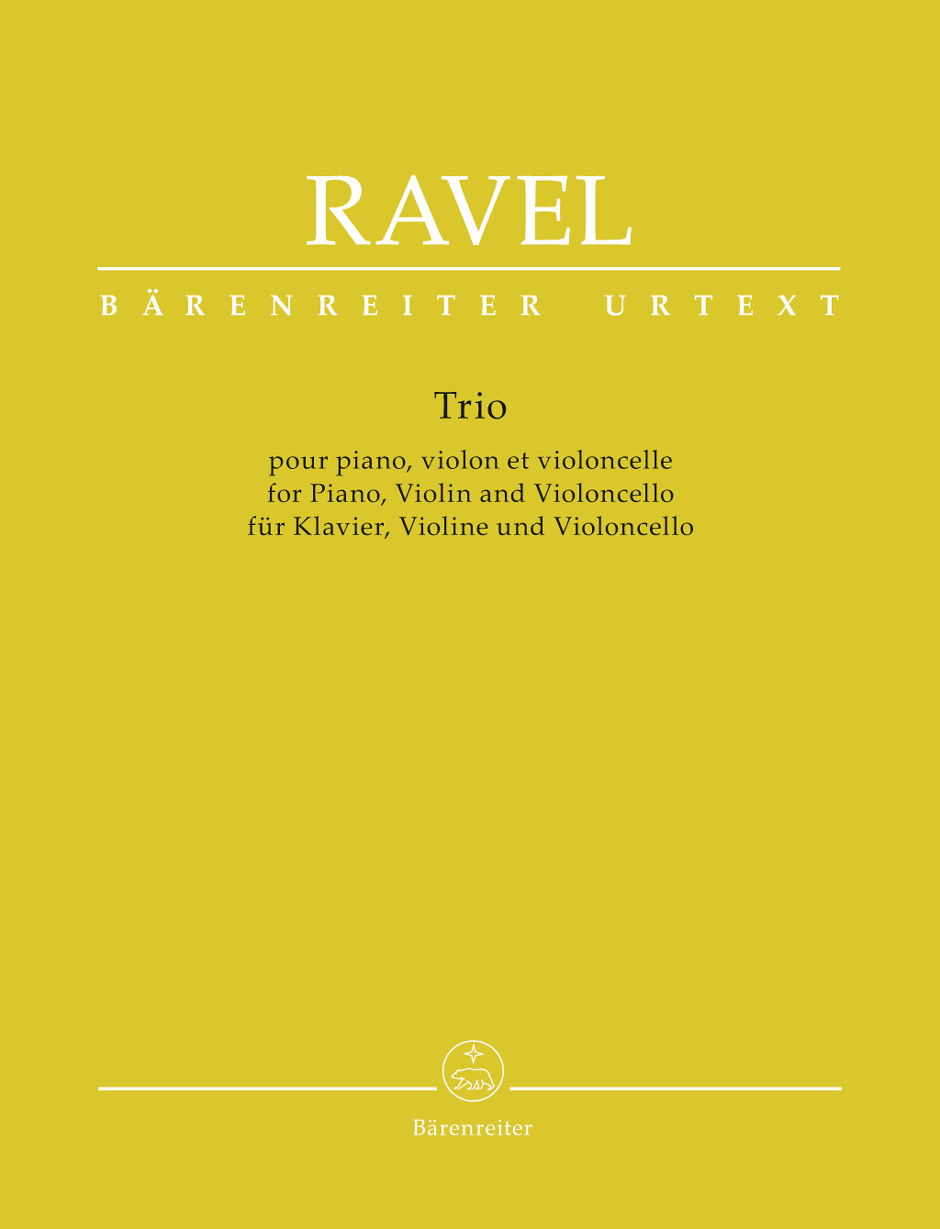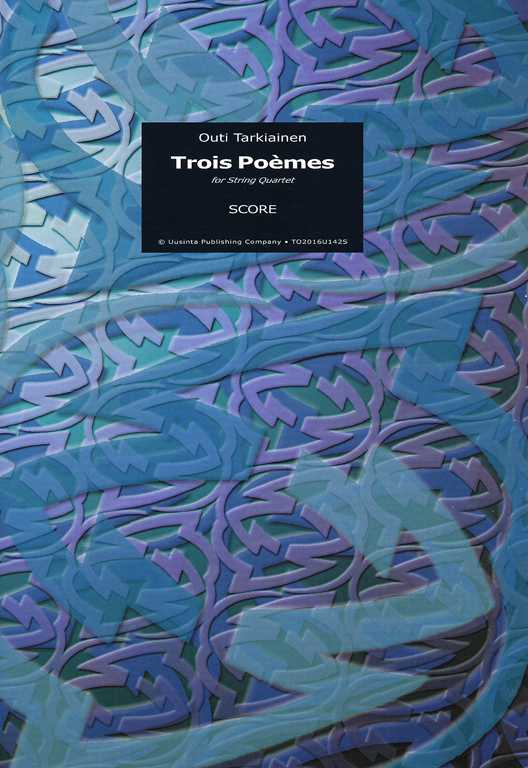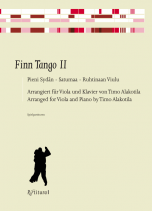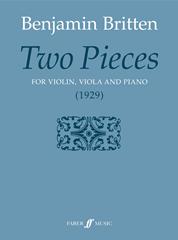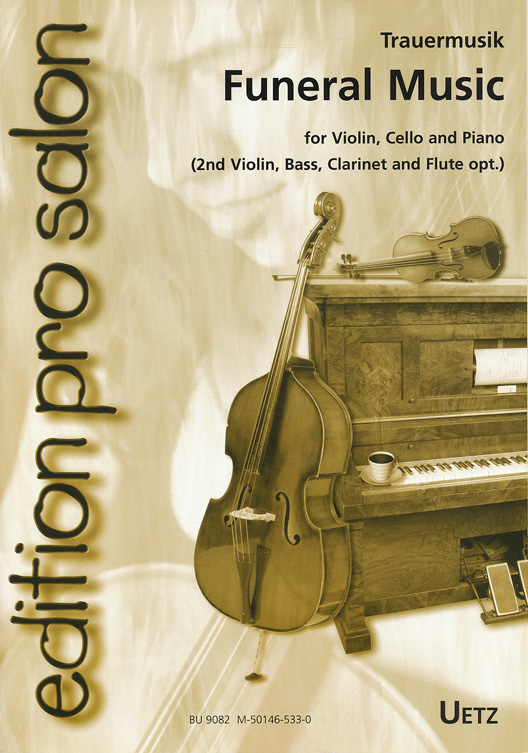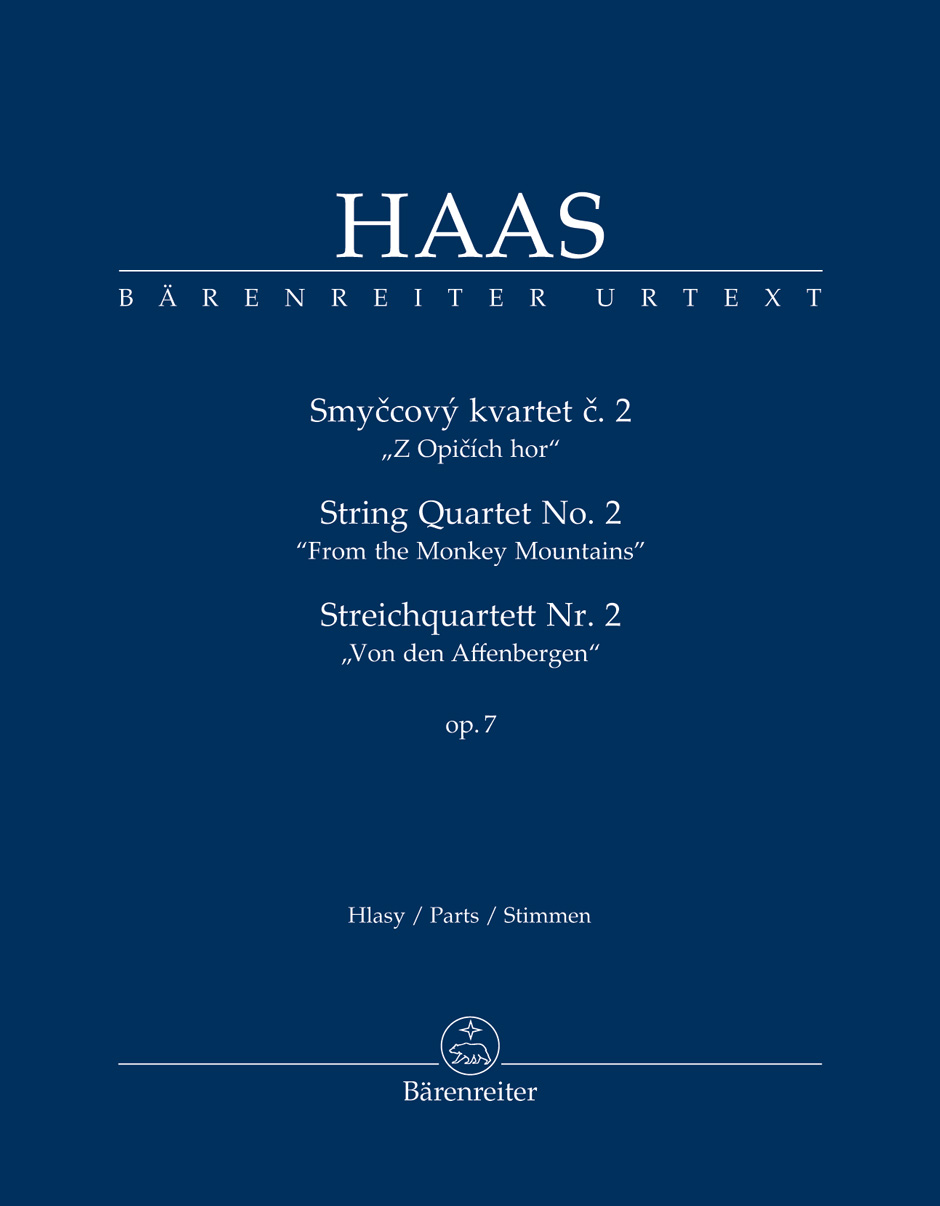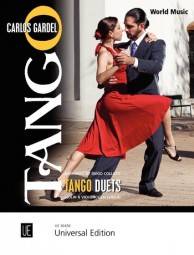Nuotteja ja kirjoja kaupassa 58 153 kappaletta ● Erikoistuotteet tilauksesta
Avoinna ma-pe klo 11-18 (suljettu 23.12.2025-1.1.2026) | puh. 020 7070443 | Musiikkitalo, Mannerheimintie 13a B, 00100 HELSINKI | ostinato@ostinato.fi
Ravel
Trio (Urtext)(vl,vc,pf)
Hinta: 37,30
€
Varastossa
- A masterpiece of the trio genre
- Based on the latest research, taking sources into account that had previously not been evaluated
- With an Introduction on the history and reception by Gudula Schütz (Ger/Eng/Fr)
Maurice Ravel broke new personal ground with his only piano trio, yet in a stroke of genius he created a work of the early 20th century that is outstanding in many respects and a key work of this genre. As one of his most rhythmically daring pieces, the four-movement trio fascinates with its asymmetrical rhythmic division and polymetrics, with Ravel possibly drawing on impressions from Stravinsky’s “Sacre du Printemps”. The second movement “Pantoum” refers to a form of poetic declamation in Malaysia, while the slow third movement is reminiscent of the Baroque passacaglia.
The main source on which this edition is based is the Durand edition published during Ravel’s lifetime. Also taken into account are copies of the first edition from Ravel’s circle in which corrections were entered. The edition contains a detailed Introduction (Ger/Eng/Fr) and a Critical Commentary (Eng).
- Based on the latest research, taking sources into account that had previously not been evaluated
- With an Introduction on the history and reception by Gudula Schütz (Ger/Eng/Fr)
Maurice Ravel broke new personal ground with his only piano trio, yet in a stroke of genius he created a work of the early 20th century that is outstanding in many respects and a key work of this genre. As one of his most rhythmically daring pieces, the four-movement trio fascinates with its asymmetrical rhythmic division and polymetrics, with Ravel possibly drawing on impressions from Stravinsky’s “Sacre du Printemps”. The second movement “Pantoum” refers to a form of poetic declamation in Malaysia, while the slow third movement is reminiscent of the Baroque passacaglia.
The main source on which this edition is based is the Durand edition published during Ravel’s lifetime. Also taken into account are copies of the first edition from Ravel’s circle in which corrections were entered. The edition contains a detailed Introduction (Ger/Eng/Fr) and a Critical Commentary (Eng).
